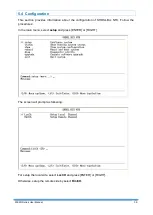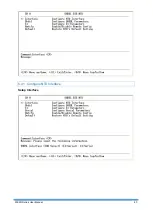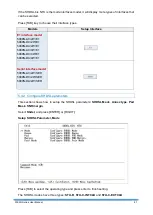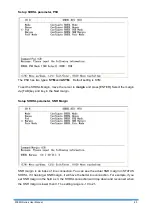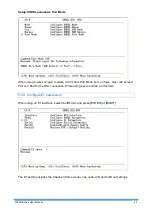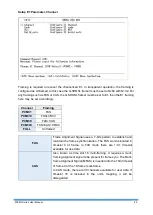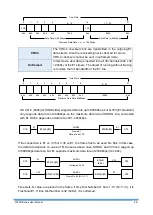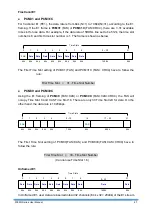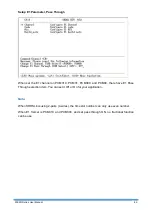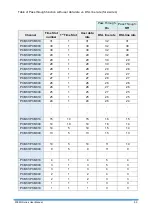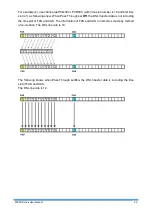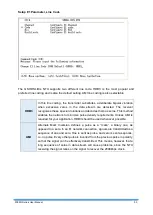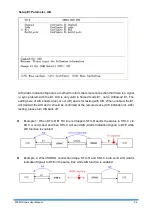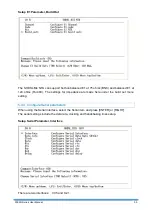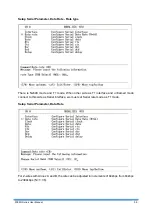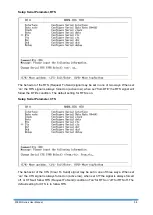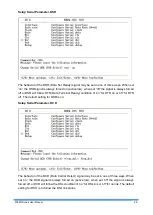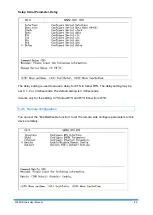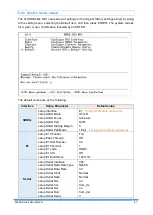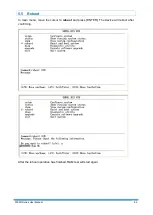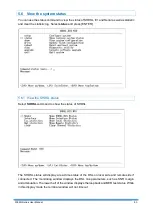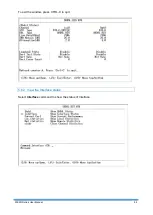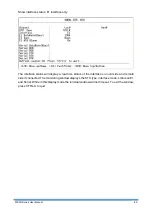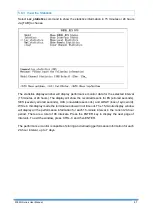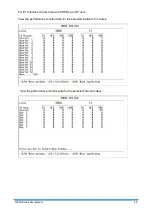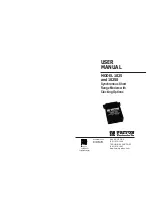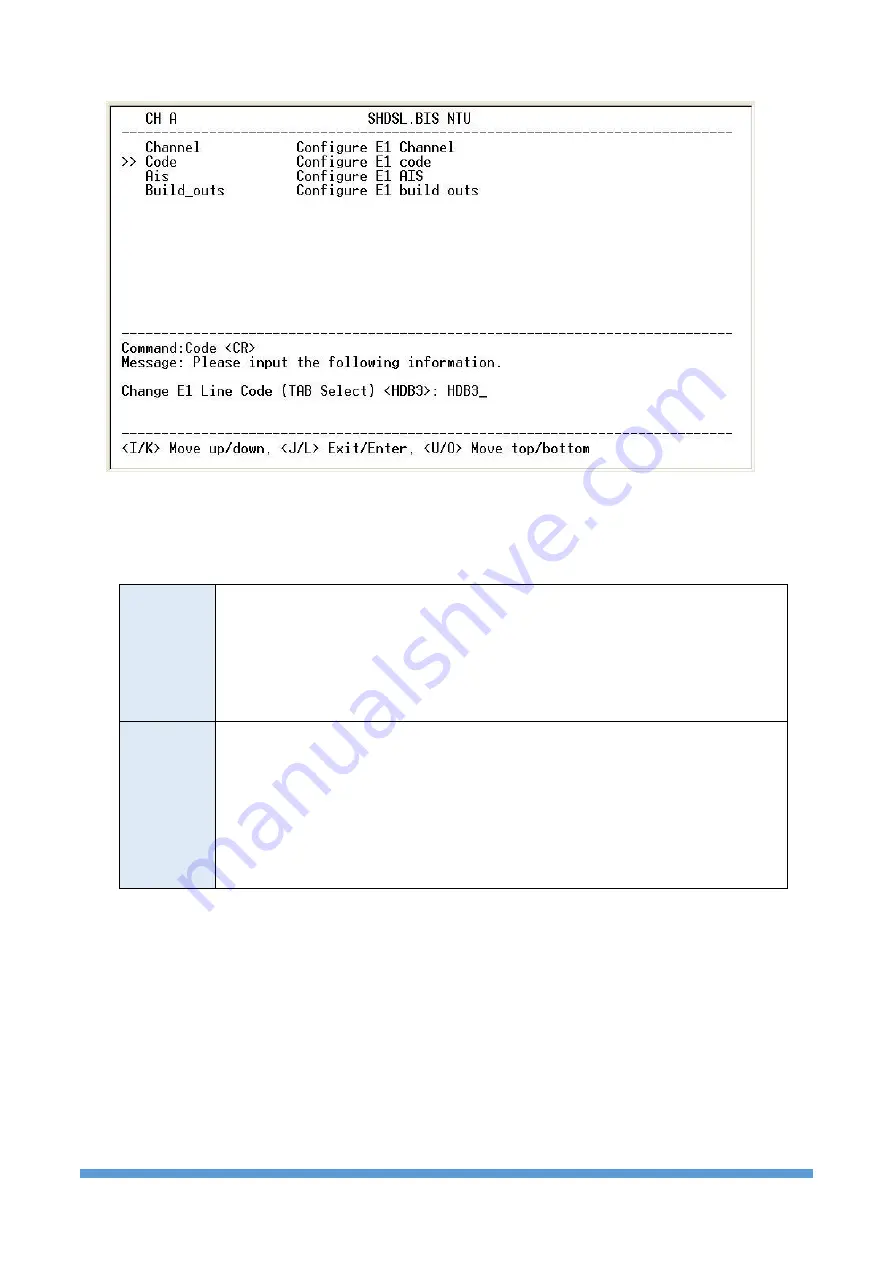
5099N Series User Manual
53
Setup E1 Parameter, Line Code
The G.SHDSL.Bis NTU supports two different line code. HDB3 is the most popular and
preferred line coding and is also the default setting. AMI line coding is also selectable.
HDB3
In this line coding, the transmitter substitutes a deliberate bipolar violation
when excessive zeros in the data stream are detected. The receiver
recognizes these special violations and decodes them as zeros. This method
enables the network to minimize pulse density requirements. Unless AMI is
required for your application, HDB3 should be used whenever possible.
AMI
Alternate Mark Inversion defines a pulse as a “mark,” a binary one, as
opposed to a zero. In an E1 network connection, signals are transmitted as a
sequence of one and zero. One is sent as pulse, and zero is sent as spaces,
i.e. no pulse. Every other pulse is inverted from the previous pulse in polarity,
so that the signal can be effectively transmitted. This means, however, that a
long sequence of zeros in data stream will cause problems, since the NTU
receiving the signal relies on the signal to recover the 2048kbps clock.
Summary of Contents for 5099N Series
Page 1: ...5099N Series G SHDSL bis NTU User Manual V1 00 ...
Page 18: ...5099N Series User Manual 15 For more detail on these sub menus please refer to following ...
Page 21: ...5099N Series User Manual 18 3 4 1 Show Statistic on E1 Interface ...
Page 33: ...5099N Series User Manual 30 ...
Page 34: ...5099N Series User Manual 31 ...
Page 43: ...5099N Series User Manual 40 5 4 1 Configure NTU Interface Setup Interface ...
Page 78: ...5099N Series User Manual 75 For Serial interface mode ...
Page 81: ...5099N Series User Manual 78 When it is upgrading you can see the following ...

